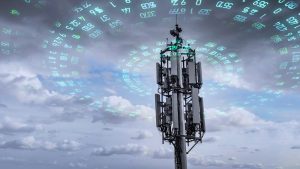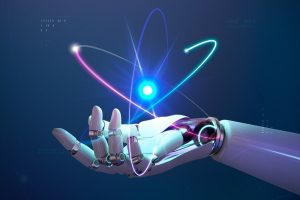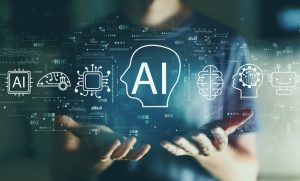A Guide to Understand Everything About Quantum Computers

While many tech companies, including Microsoft, Amazon, IBM, and Google, are on quantum computing, not everyone still has a clear understanding of the technology. We shall try to cover everything that quantum computing could unlock.
Quantum Computing & Its Functionality
Quantum computing employs the bewildering behavior that scientists observe in the smallest natural particles, such as photons, electrons, and atoms. The classical rules of physics may cease to apply at this scale, making tech experts move to quantum rules. Researchers know that quantum particles have huge potential, especially to grasp and process a considerable amount of data. Controlling these particles with quantum computing could lead to a flare-up of computer power that would progress novelty in several fields, requiring complex calculations.
Quantum computers are available in numerous forms and shapes and follow the same principle. These devices comprise quantum processors where engineers can isolate quantum particles to manipulate. Every quantum computing approach has a varied nature of quantum particles and the methods that control them. Some techniques include that experts need to cool down to freezing temperature and use lasers to play with quantum particles. However, all these methods aim at how to best use quantum physics’ value.
Difference between Classical Computers and Quantum Computers
Classical computers have seen various forms and shapes since the 1940s. Smartphones, cloud computers, laptops, and supercomputers are a few to name. They have a unit of data based on bits those back computations happening in the device. A classical computer takes each bit on either a value of zero or one to represent and transmit the data that carries out computations.
Developers write computer programs using bits that classical computers can read and execute. These computers have limited inflexibility of bits despite being indispensable tools. Classical computers cannot solve significant problems. If there is a task, involving a hunt for a needle in a haystack, program instructions would be necessary to leaf through hay straw until it finds the needle.
Quantum computers have qubits (quantum bits). You can compare them to the bits used to process the data in classical computers. Qubits hold entirely different properties from bits because they have the nature of quantum particles. Superposition is one of such properties that allow quantum particles to live in many states simultaneously.
Imaging superposition can be best done by comparing it to tossing a coin. Quantum particles will serve as the coin in the spinning position, instead of being tails or heads. Researchers can control quantum particles to load them using the data to generate qubits.
A single qubit does not have to be at a zero or one value because of superposition, though it can serve as both simultaneously. Accordingly, quantum computers can use qubits to carry out many calculations immediately to get an answer to explore several different avenues in parallel. Quantum computing allows to physically connect qubits together because of entanglement, a quantum property. It means every qubit added to a system can exponentially increase the device’s capabilities, wherein you can add more bits to create linear improvement.




